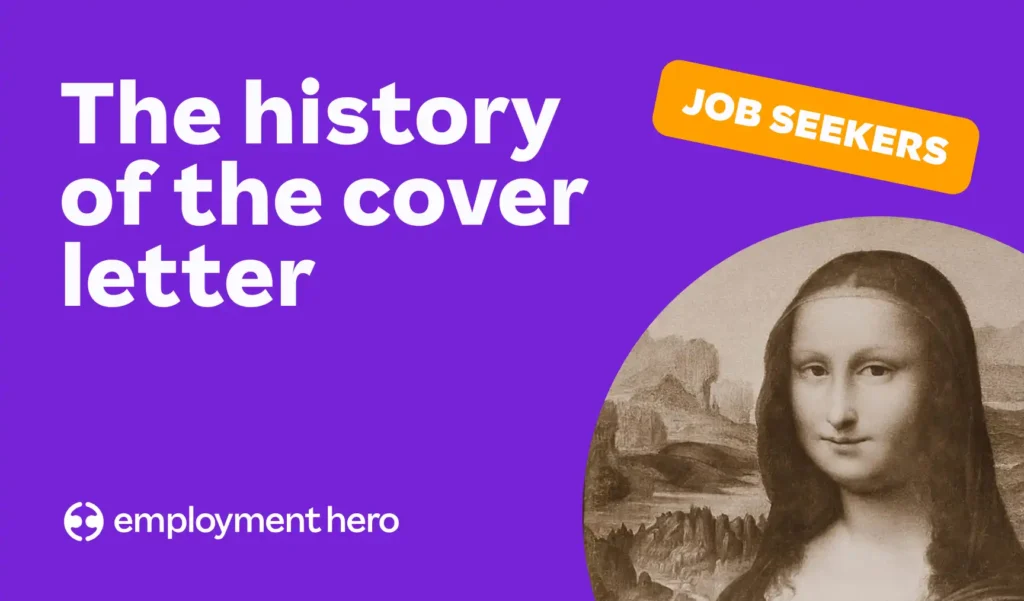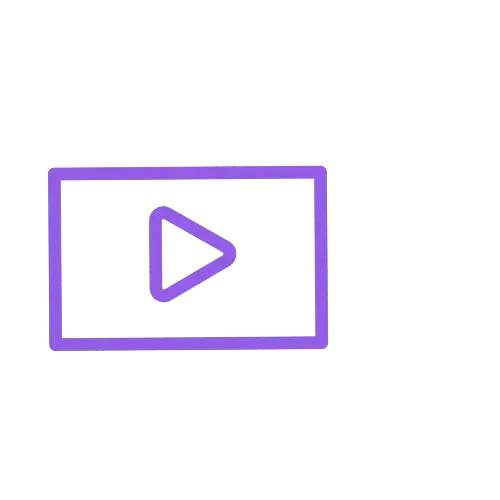The history (and future) of the cover letter

Contents
The origin of the cover letter can be traced all the way back to Leonardo da Vinci. He’s credited with writing the earliest known example when, in 1482, he penned a letter to the Duke of Milan, outlining his qualifications, including his engineering prowess and artistic talents. His letter demonstrated the importance of tailoring your skills to meet the needs of the employer – a timeless principle that still applies today.
Cover letters have remained a crucial part of job applications ever since, offering job seekers an opportunity to showcase their unique skills and personality. Let’s explore the history of the cover letter and adapt these insights to navigating the Kiwi job market effectively.
What is a cover letter and why was it created?
A cover letter is a personalised document that introduces you to a prospective employer. It provides context to your resume by explaining your career story, highlighting your most relevant skills and detailing how you align with a specific role. While resumes focus on qualifications and achievements, cover letters add personality and purpose.
Historically, the cover letter emerged as a tool for forming personal connections between job applicants and hiring managers. It added a human touch to the otherwise formal and impersonal job application process. Today, the same principle remains vital – cover letters illustrate your enthusiasm, suitability and knowledge of the employer.
When did cover letters become common in job applications?
The cover letter’s role developed significantly during the 20th century. By the 1930s, they were widely used in the financial industry as attachments to reports, providing clarity and additional context. By the 1950s, employers began to request them regularly in job advertisements, cementing their place in the application process.
Today, their use varies by industry. Industries like education, law, and government often still require cover letters, while startups and creative fields may accept alternative formats like video introductions.
How have cover letters evolved over time?
Cover letters have undergone several significant changes over the decades. Here’s a look at their transformation:
- Mid-20th Century: Cover letters served as personal introductions, reflecting the formal and professional expectations of the era.
- 1990s: The growing competitiveness of the job market led to a demand for creative, personalised cover letters. Candidates started crafting unique narratives to stand out.
- 2000s: Applicant Tracking Systems (ATS) shifted priorities. Cover letters needed to include strategic keywords matching job descriptions to pass automated filters.
- 2020s: The digital-first age demands concise, impactful, and easy-to-read cover letters that work seamlessly in online platforms.
Are cover letters still relevant today?
Absolutely! While some trends suggest that cover letters are becoming less common in certain industries, they remain a vital tool for many roles. According to global recruitment data, applications accompanied by tailored cover letters are significantly more likely to lead to interviews.
Practical tips for Kiwi job seekers
- Use simple, clear examples of how you meet the job requirements.
- Reference the job ad directly with specific keywords.
- Keep your tone professional but approachable.
The rise of AI-generated cover letters
Modern technology has introduced tools that streamline the job application process. Platforms like AI-powered SmartMatch allow you to create polished cover letters in seconds. By analysing job descriptions and matching them with the content of your resume, these tools make writing cover letters faster and more effective.
Benefits of AI for cover letters
- Speed: Spend less time customising each application.
- ATS Optimisation: Ensure your cover letters are formatted to excel in automated systems.
- Precision: Maintain a professional tone and consistent structure.
While traditional methods shouldn’t be dismissed entirely, leveraging tools like these can help busy job seekers maximise their opportunities.
Is video the new cover letter?
The rise of video cover letters is significant, particularly in creative or remote-first industries. These videos allow candidates to express their personality and communication skills in a way written words cannot. It’s worth noting that Kiwi startups and media industries are especially likely to appreciate such innovative approaches.
When to use video cover letters in New Zealand
- For roles where creativity is a core requirement.
- When applying to industries like digital media, marketing, or technology.
- If explicitly requested in the job ad.
- If you’re using Employment Hero Jobs and want to stand out!
How to write a modern cover letter in New Zealand
Crafting an exceptional cover letter is a vital skill. Here’s how Kiwi job seekers can approach this process:
- Start strong: Open with an engaging introduction referencing the role and why you’re excited about it.
- Align values: Reflect on how your personal and professional values align with the organisation’s culture.
- Use keywords: Insert terms directly from the job description to enhance ATS compatibility.
- Keep it brief: Stick to 1-2 pages to ensure your message remains clear and concise.
- Close confidently: End with a call to action, such as suggesting a meeting or interview.
Should you still write a cover letter?
Yes – when tailored to the role, a cover letter remains a powerful addition to any job application. While technology and shifting trends have redefined the application process, blending traditional elements with modern tools can give you a competitive advantage.
Whether you opt for AI-generated cover letters, explore video alternatives, or stick to traditional formats, the ultimate goal remains the same – connecting with potential employers and presenting yourself as the ideal candidate. A well-written cover letter has the power to set you apart in today’s competitive Kiwi job market.
Get started with Employment Hero Jobs
Don’t waste time. Create your profile now, search for a new role and let Employment Hero Jobs bring opportunities to you.





















